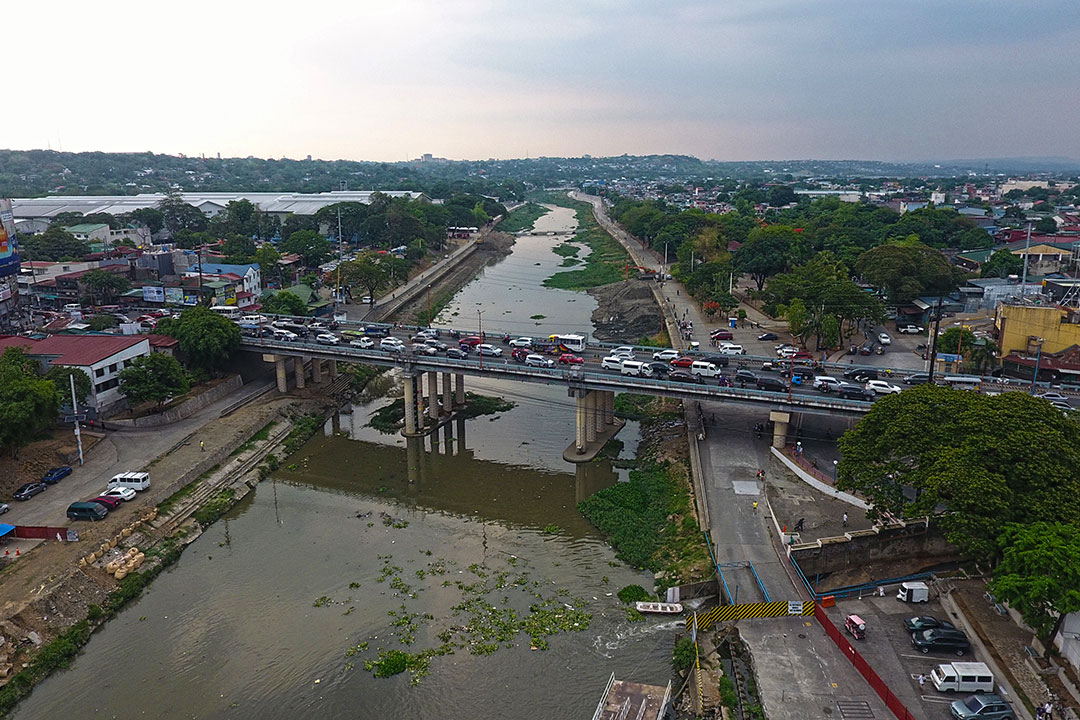




Policy Rate Updates: Double cut finale
 DOWNLOAD
DOWNLOAD

Monthly Economic Update: One for the road
 DOWNLOAD
DOWNLOAD

Inflation Update: Still low, still slow
 DOWNLOAD
DOWNLOAD


PH needs at least 6.1% growth to meet target, say analysts

The Philippine economy must grow by an average of 6.1% for the rest of the year to meet the lower end of the government’s 6-7% target, the Department of Finance (DoF) said over the weekend.
“We need 6.1% [growth] for the rest of the year to actually reach the 6% target. I think that’s very achievable,” Finance Undersecretary and Chief Economist Domini S. Velasquez said during a forum organized by the Economic Journalists Association of the Philippines and San Miguel Corp.
The Philippine economy expanded by 5.7% in the first quarter, slightly faster than 5.5% in the previous quarter, but below the government’s 6-7% target band.
For the coming months, the DoF expects higher spending and declining inflation to drive growth.
“We expect that consumption will increase as inflation continues to moderate,” Ms. Velasquez said.
Household consumption, which accounts for about 80% of GDP, grew by 4.6% in the January-to-March period, the slowest since the coronavirus pandemic. It was also weaker than 5.3% in the fourth quarter and 6.4% in the same period last year.
“Once we have a bit of stable inflation, we do think that this will increase and it will prop up growth because those are the heavy lifters of growth,” Ms. Velasquez said.
Calixto V. Chikiamco, Foundation for Economic Freedom (FEF) president, said first-quarter consumption was hampered by rising prices of food.
“The government needs to tackle the high food prices, which are discouraging consumption, and also forcing the BSP (Bangko Sentral ng Pilipinas) to maintain higher interest rates for longer, despite slowing inflation,” he said in a Viber message.
Last week, the BSP’s Monetary Board maintained its target reverse repurchase (RRP) rate at a 17-year high of 6.5% for a fifth straight meeting.
However, he noted a proposed amendment to the Rice Tariffication Law authorizing the NFA to directly import rice “will only exacerbate the deficit but will also be ineffective.”
The House of Representatives is expected to approve the measure on third reading this week.
To tame food prices, Mr. Chikiamco called on the government to further cut rice tariffs to 10% from 35%, and expand the Minimum Access Volume for corn, chicken and pork.
SPENDING
Government spending is expected to pick up for the rest of the year, Ms. Velasquez said, after slowing to 1.7% in the first quarter.
Faster exports and an improving job market should also sustain the economy’s growth prospects, Ms. Velasquez also noted.
“China is showing signs of recovery which will benefit the Philippines. Additionally, the global outlook for the technology sector is positive, which will benefit exports of semiconductors,” she said.
Ms. Velasquez said the Philippines will also benefit as global sales of semiconductors are projected to increase this year.
However, she noted that growth in the manufacturing sector is being hampered by high power costs, which would be addressed by the passage of the CREATE MORE (CREATE to Maximize Opportunities for Reinvigorating the Economy) bill.
Under CREATE MORE, corporations will be granted a 200% deduction for power costs incurred during the Income Tax Holiday period.
Security Bank Corp. Chief Economist Robert Dan J. Roces said the government should ramp up infrastructure spending, attract more private sector investments, and support high potential sectors like agriculture and manufacturing to reach their targets.
“The government can bolster its spending to contribute to growth by prioritizing high-impact infrastructure projects, improving budget execution, encouraging public-private partnerships, providing targeted support to key sectors, and investing in social infrastructure,” he said in a Viber message.
There are currently 185 infrastructure flagship projects worth PHP 9.14 trillion in the pipeline, according to the National Economic and Development Authority.
However, Ateneo de Manila economics professor Leonardo A. Lanzona said the government appears to be focusing on inflation as the main constraint to growth.
“But that is not true. Growth can be achieved even in the midst of inflation which to some extent can be a consequence of growth,” he said in a Facebook Messenger chat.
He cited Japan and Singapore, which implemented policies to support domestic production particularly in high-tech industries, which helped grow their respective economies amid high inflation and interest rates.
“The Philippines is an interesting case since economic growth was lower than expected and yet inflation remained high. This suggests the beginnings of stagflation,” Mr. Lanzona said.
“The incapacity of the institutions to adapt to changing conditions and the insistence that things are ‘business as usual’ has led to poor policies and the failure to maximize the full potential of the Filipino.” — By Beatriz Marie D. Cruz, Reporter
This article originally appeared on bworldonline.com





 By BusinessWorld
By BusinessWorld